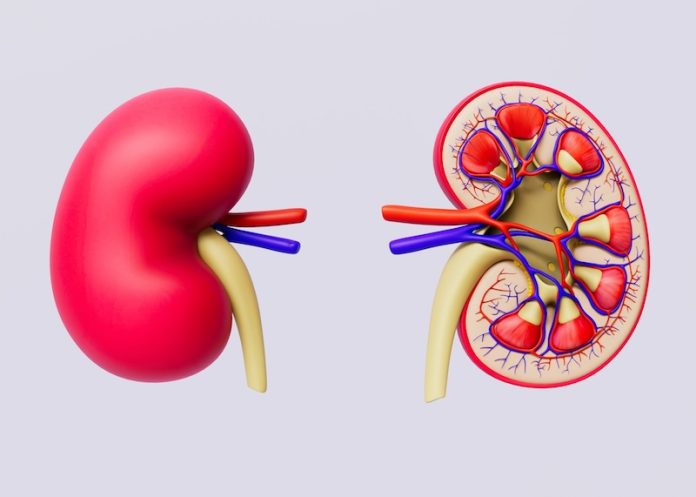
When you get a blood test, one of the things your doctor might check is your creatinine level. Creatinine is a waste product that comes from the normal wear and tear of muscles.
Your kidneys are in charge of filtering it out of your blood and removing it through your urine. If your creatinine level is higher than normal, it can be a sign that your kidneys aren’t working as well as they should. But what exactly does that mean, and how serious is it?
A high creatinine level doesn’t cause symptoms on its own. Instead, it tells doctors that they need to look more closely at how your kidneys are functioning. This is because the kidneys play a key role in removing creatinine from the body.
When kidney function slows down—even a little—creatinine levels can go up in your blood. A normal creatinine level depends on your age, sex, muscle mass, and overall health, but for most adults, it’s about 0.6 to 1.3 milligrams per deciliter (mg/dL). When the number is higher, it’s a red flag.
One of the most common causes of high creatinine is chronic kidney disease (CKD). This is a long-term condition where the kidneys slowly lose their ability to filter waste and fluids. A study in the American Journal of Kidney Diseases shows that high creatinine often appears in the early stages of CKD, even before symptoms are obvious.
Other possible causes of high creatinine include dehydration, infections, certain medications, or a condition called acute kidney injury (AKI), which is a sudden and serious drop in kidney function.
Doctors use a test called the estimated glomerular filtration rate (eGFR) alongside the creatinine test to get a clearer picture of kidney health. eGFR calculates how well your kidneys are filtering blood.
A low eGFR combined with high creatinine often confirms that the kidneys are under stress or not functioning properly. According to the National Kidney Foundation, an eGFR below 60 for three months or more is a sign of chronic kidney disease.
Sometimes, high creatinine is temporary and not due to serious kidney problems. For example, intense exercise can raise creatinine levels because it breaks down more muscle tissue than usual. Certain medications, like antibiotics or painkillers, can also affect kidney function. That’s why doctors often repeat the test after a few days to see if the levels stay high or return to normal.
If high creatinine is due to an ongoing kidney problem, treatment focuses on protecting kidney function and preventing further damage. This might include lowering blood pressure, controlling blood sugar in people with diabetes, avoiding medications that stress the kidneys, and making lifestyle changes like eating a low-salt, kidney-friendly diet.
In some cases, patients may be referred to a kidney specialist, called a nephrologist, for more tests and treatment plans.
In severe cases where the kidneys are failing, creatinine levels can rise very high, and symptoms like fatigue, swelling, confusion, or trouble breathing may appear. At that point, treatments such as dialysis or a kidney transplant may be needed.
In summary, high creatinine is not a disease itself, but a signal that your kidneys might be struggling. It can be a temporary issue or a sign of something more serious like chronic kidney disease.
The good news is that with early testing, regular monitoring, and the right treatment, many people with high creatinine can manage their condition and protect their kidney health for years to come. If you’ve been told you have high creatinine, talk to your doctor about what it means for you and what steps you can take next.
If you care about kidney health, please read studies about how to protect your kidneys from diabetes, and drinking coffee could help reduce risk of kidney injury.
For more information about kidney health, please see recent studies about foods that may prevent recurrence of kidney stones, and eating nuts linked to lower risk of chronic kidney disease and death.
Copyright © 2025 Knowridge Science Report. All rights reserved.



